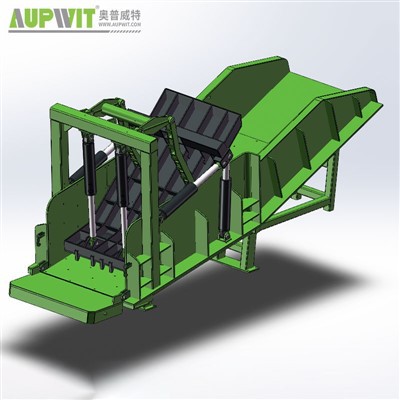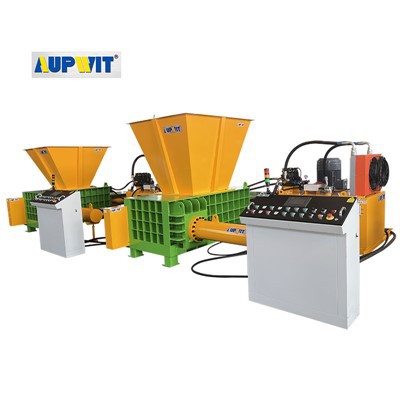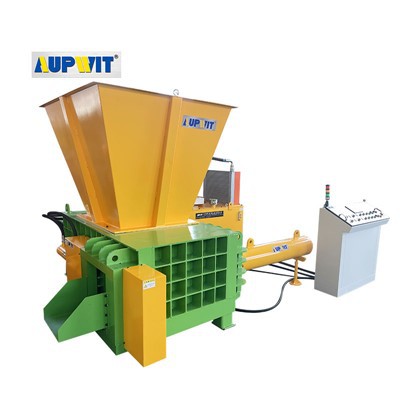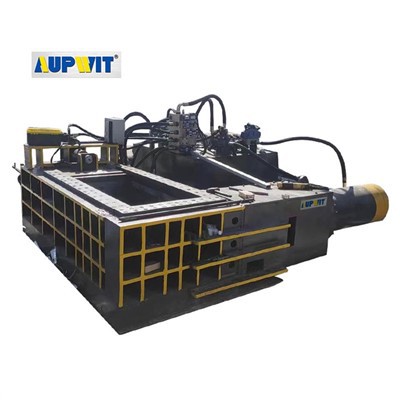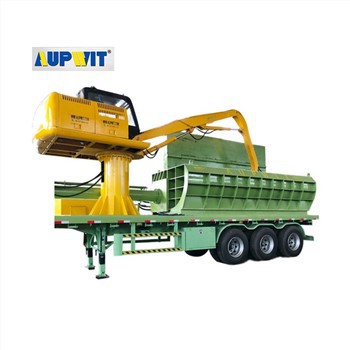Providing Power Support
The equipment is primarily powered by a hydraulic system or electric motor. The hydraulic system uses a hydraulic pump to deliver hydraulic oil to the cylinder, converting hydraulic energy into mechanical energy. The electric motor drives the relevant components through a transmission mechanism, providing stable power for the subsequent compression process and ensuring the equipment has sufficient force to compress the clothing.
Clothing Compression
When the clothing to be packaged is placed into the equipment's compression chamber, the power system drives the compression plate or pressing head toward the clothing. Under the action of pressure, the gaps between the clothing pieces gradually decrease, and the volume continuously shrinks. Through continuous pressure, the loose clothing is compressed into a tightly packed block, reducing the space occupied by the clothing and facilitating subsequent storage and transportation.
Packing and Securing
When the clothing has been compressed to the set size or pressure value, the equipment's strapping mechanism begins. Typically, through automatic strapping, threading, and heat sealing, the strapping tape is used to tightly wrap and secure the compressed clothing block, ensuring that the clothing block does not loosen during subsequent handling and maintaining its compressed state.
Pressure Control
The equipment is equipped with a pressure control system that can automatically or manually adjust the compression pressure based on the actual clothing material and quantity. The system monitors pressure changes during the compression process in real time. When the pressure reaches a preset value, it promptly sends a signal to the power system to adjust its output, preventing damage to clothing or equipment due to excessive pressure, or loose packaging due to insufficient pressure.
Completion of the Reset Cycle
After the package is secured, the power system drives the compression plate or pressing head in the opposite direction, returning to its initial position. Simultaneously, the strapping mechanism resets, ready for the next batch of clothing. This completes the entire cycle. By repeating these steps, continuous clothing baling is achieved, improving baling efficiency.


